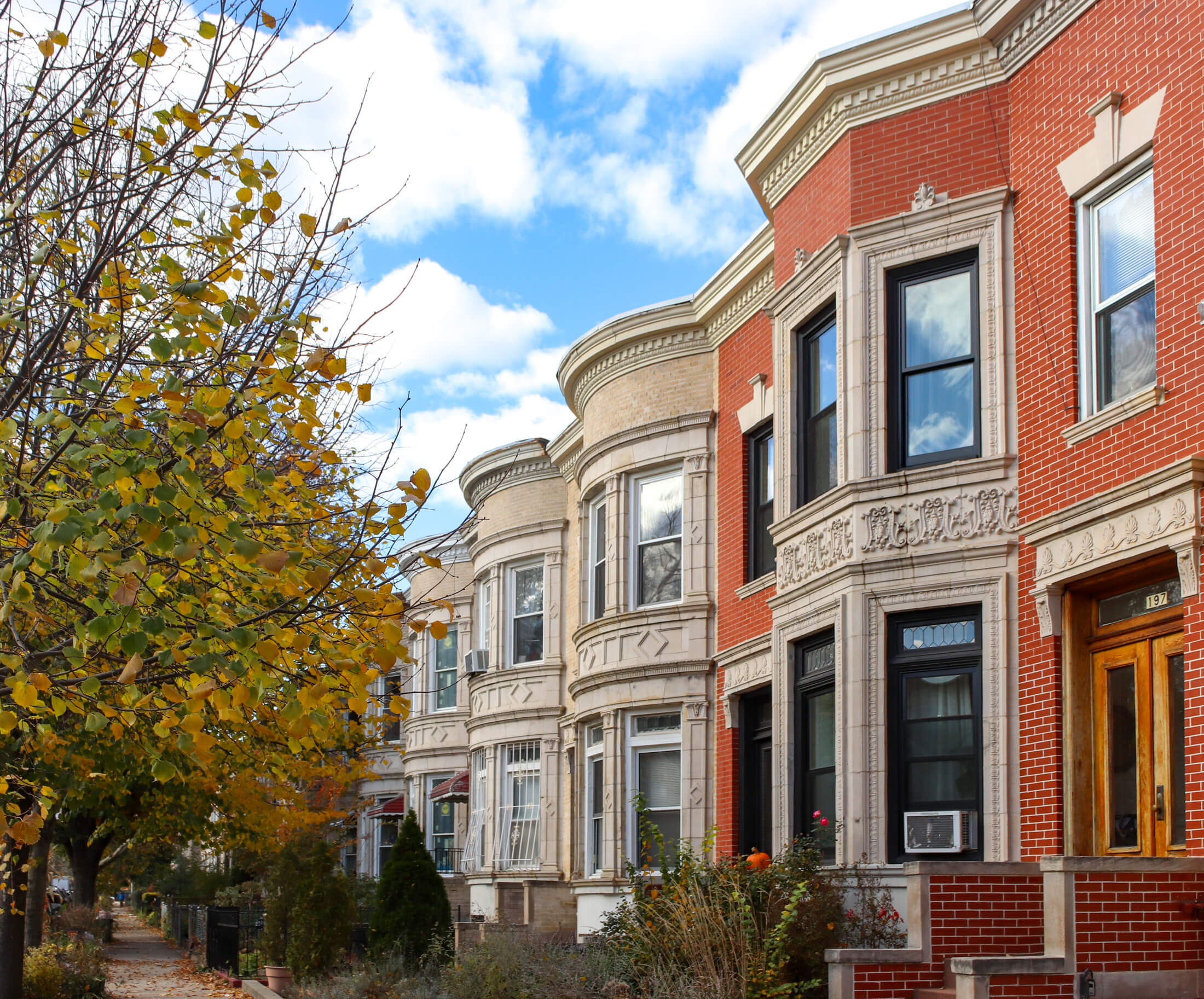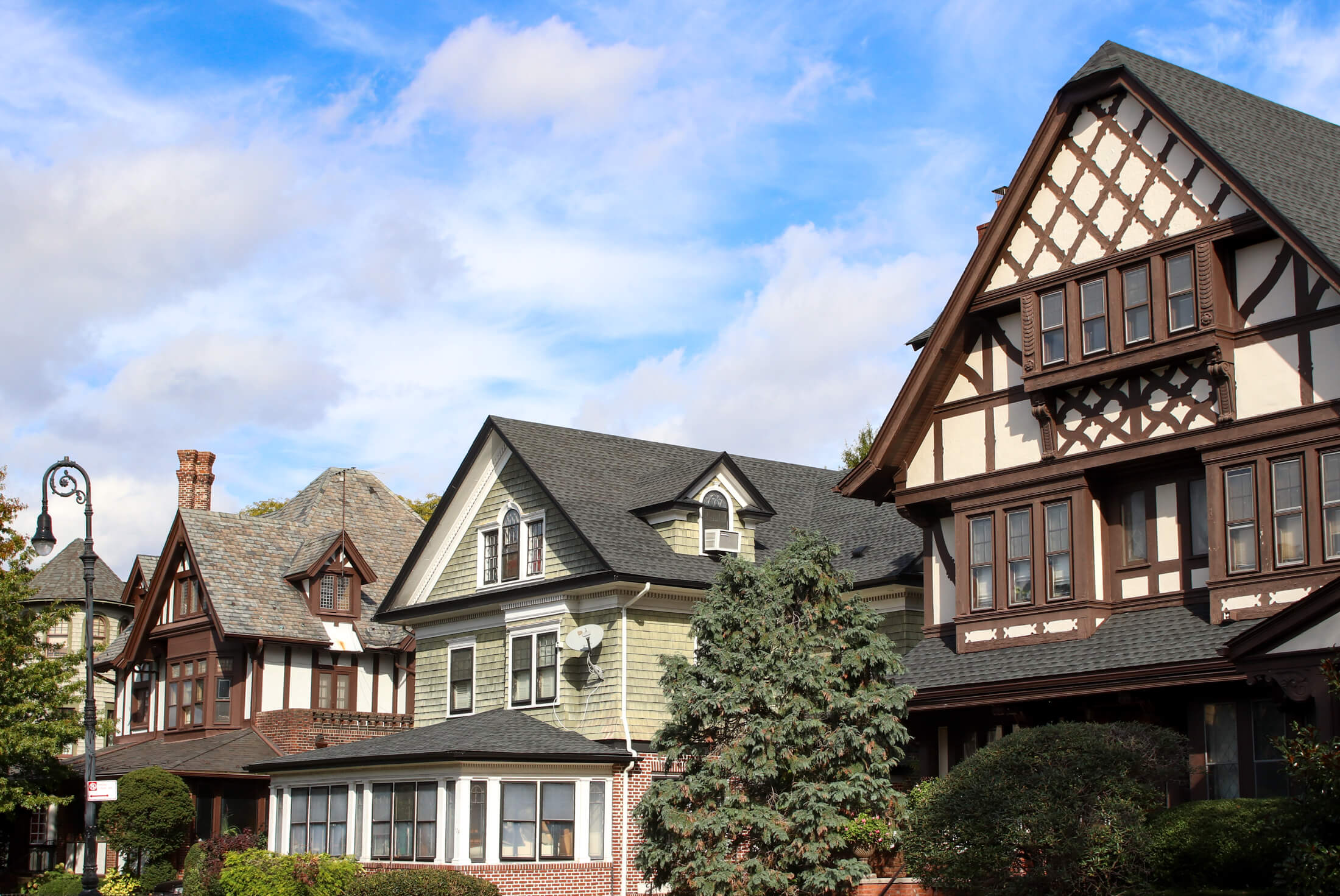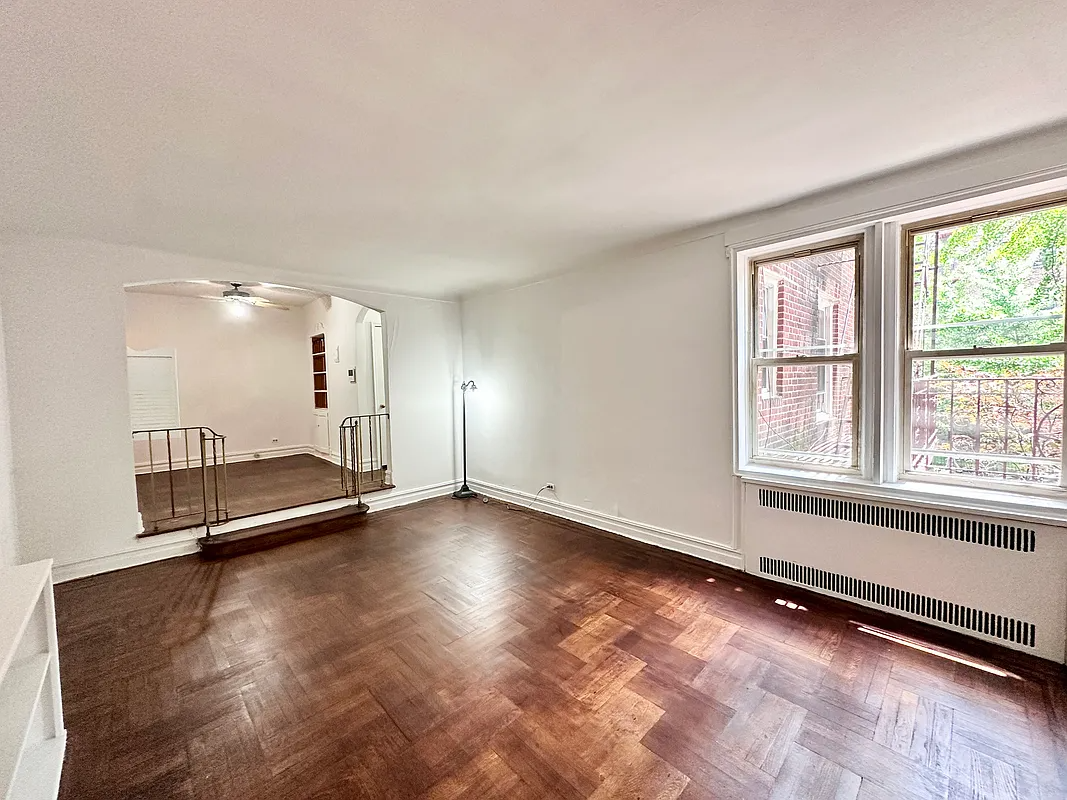Property Tax Hike May Be Coming for Brooklyn Owners With Proposed City Reforms
Brooklyn homeowners could see a hike in their property tax bill in the coming years, if reforms proposed by Mayor Bill de Blasio and a commission he empaneled to study the issue are implemented.

Bed Stuy. Photo by Susan De Vries
Brooklyn homeowners could see a hike in their property tax bill in the coming years, if reforms proposed by Mayor Bill de Blasio and a commission he empaneled to study the issue are implemented.
Kings County is the only one of the five boroughs where the median “effective tax rate,” or the taxes owed for every $100 of a property’s market value, would go up if four “structural reforms” of the city’s byzantine property tax system were to go into effect.
The borough’s median “ETR,” as a new report refers to it, would go up from $0.63 to $0.80 per every $100 of property value.
The reforms are laid out in the final report of the mayor’s Property Tax Reform Commission, which was formed in 2018 to study the system and recommend changes. The report was released on Wednesday, just days before de Blasio left office and his successor, outgoing Borough President Eric Adams, assumed the mantle of the city’s chief executive.

Brooklynites living in townhouses in areas where values were historically low and shot up dramatically only in the last decade as the borough has gentrified have been protected by a plank in the tax code that caps the amount that annual tax assessments can increase for small homeowners. The city has already been raising taxes in these areas in recent years, but the new proposal would dramatically accelerate the increase.
Property values have risen throughout Brooklyn since 2012, but areas in central Brooklyn such as Bed Stuy, Prospect Lefferts Gardens, Bushwick and East Flatbush could see the most dramatic tax spikes. These areas are home to thousands of longtime homeowners of color, many of them low income and elderly, and include houses that have been owned by the same family for multiple generations. Under the proposed changes, property taxes in these neighborhoods could increase from about $150 to an estimated $1,200 per month in just five years.
The cap has kept property taxes comparably low for Brooklyn townhouses, even as the actual market in Brownstone Brooklyn has rapidly soared to the heavens in recent years.
One such beneficiary of the system, historically, has been Mayor Bill de Blasio, who owns two wood frame row houses in south Park Slope, where values have lagged the prime brownstone area of the north Slope. During his 2017 reelection effort, his Republican opponent Nicole Malliotakis (now a member of Congress) frequently cited how the mayor had a significantly lower property tax bill on his Park Slope pad than she paid for her house on Staten Island, despite the mayor’s house being valued at nearly four times the dollar amount of her home.
According to city records, the mayor and his wife, Chirlane McCray, owed just $4,480.34 in annual property taxes last year on their 11th Street home in Park Slope. The property was assessed at a value of $1.885 million in the same year, though it’s gone down slightly to $1.568 million this year. They purchased the house in 2000 for $450,000, according to the New Yorker.
The property tax commission calls for doing away with the growth caps, referring to them as “among the primary drivers of the current inequitable system.” Under the new system, which would be transitioned into over five years, tax bills would begin to reflect year-over-year changes in a property’s fair market value.
Since Brooklyn would see increased bills under the plan, the commission proposed several instruments to abate the hike for those who are asset rich but cash poor, a category that includes many long-time townhouse owners. The proposal includes “targeted owner relief” in the form of tax exemptions on home value above a certain point, which phase out as personal income and property values rise. It also calls for a “circuit breaker,” which would allow those whose property taxes represent a substantial portion of their income to get a refund from the city’s coffers.
With the proposed relief measures, Brooklyn still would be the only borough to see median tax bills rise, but the increase would be much smaller, up to $0.71 per $100 under a graduated rate exemption and $0.75 for a flat rate exemption.

The other “structural” changes proposed in the package include rejiggering the system’s property classes, combining one- to three-unit homes with condos, co-ops and small rental buildings. The package would also get rid of valuations based on “comparable rental properties” nearby, which it says has created a situation where buildings are assessed for a fraction of what they’re worth. And finally, it would end “fractional” assessments and value all properties at “full market value.”
Since they were announced with just days left in de Blasio’s mayoraly, whether the reforms go into effect at all will fall to Adams. A spokesperson for the mayor did not respond to a request for comment.
In statements released with the report, commission members urged the incoming mayor to take into consideration the report — the first “top-down review of the property tax system by a government-appointed commission since 1993.”
“The work of this temporary commission draws a roadmap toward real estate tax equity in New York’s property tax system, which has treated too many New Yorkers unfairly for decades,” said commission member Allen Cappelli, a practicing attorney from Staten Island. “What frightens me the most, is that if government doesn’t take the steps towards fairness and transparency now, the inequity between homeowners is going to grow more and more disparate each and every year to come.” — Additional reporting by Cate Corcoran
Editor’s note: A version of this story originally ran in Brooklyn Paper. Click here to see the original story.
Related Stories
- Budget Proposal May Give Some Brooklynites a Property Tax Rebate
- Mayor Commission Wants to Raise Taxes on Brooklyn Brownstones
- From Redlining to Predatory Lending: A Secret Economic History of Brooklyn
Email tips@brownstoner.com with further comments, questions or tips. Follow Brownstoner on Twitter and Instagram, and like us on Facebook.





What's Your Take? Leave a Comment